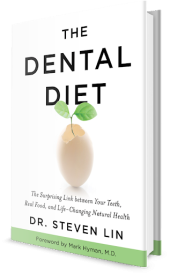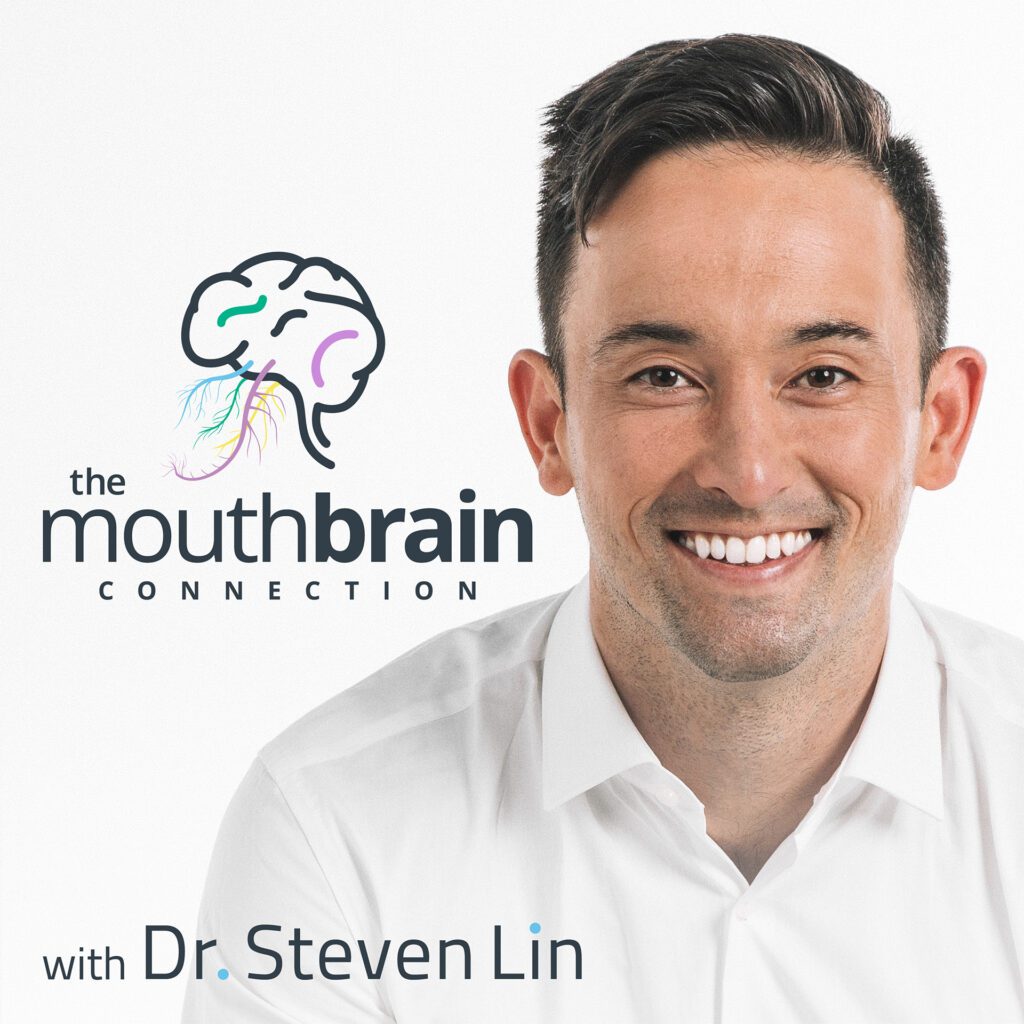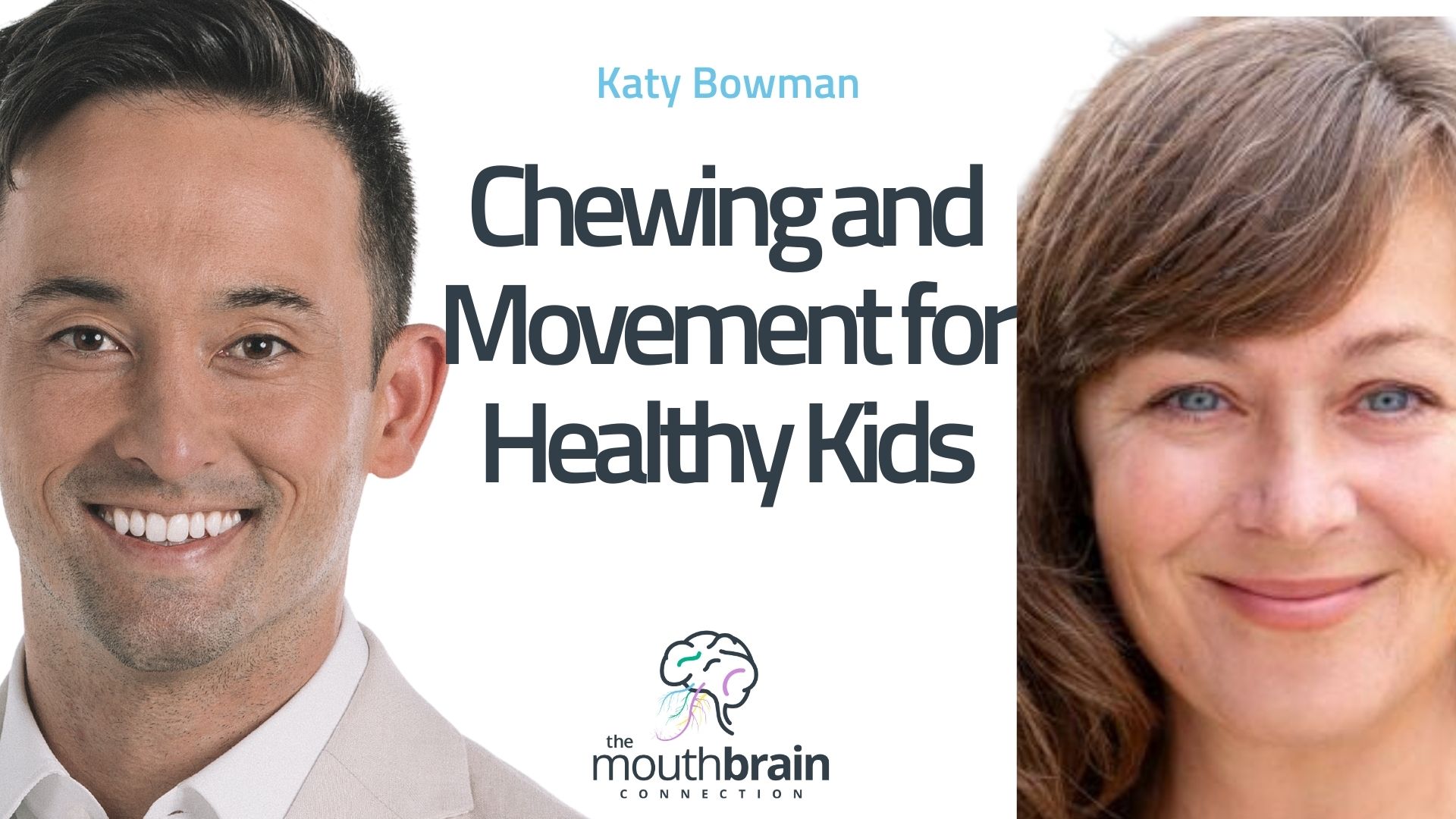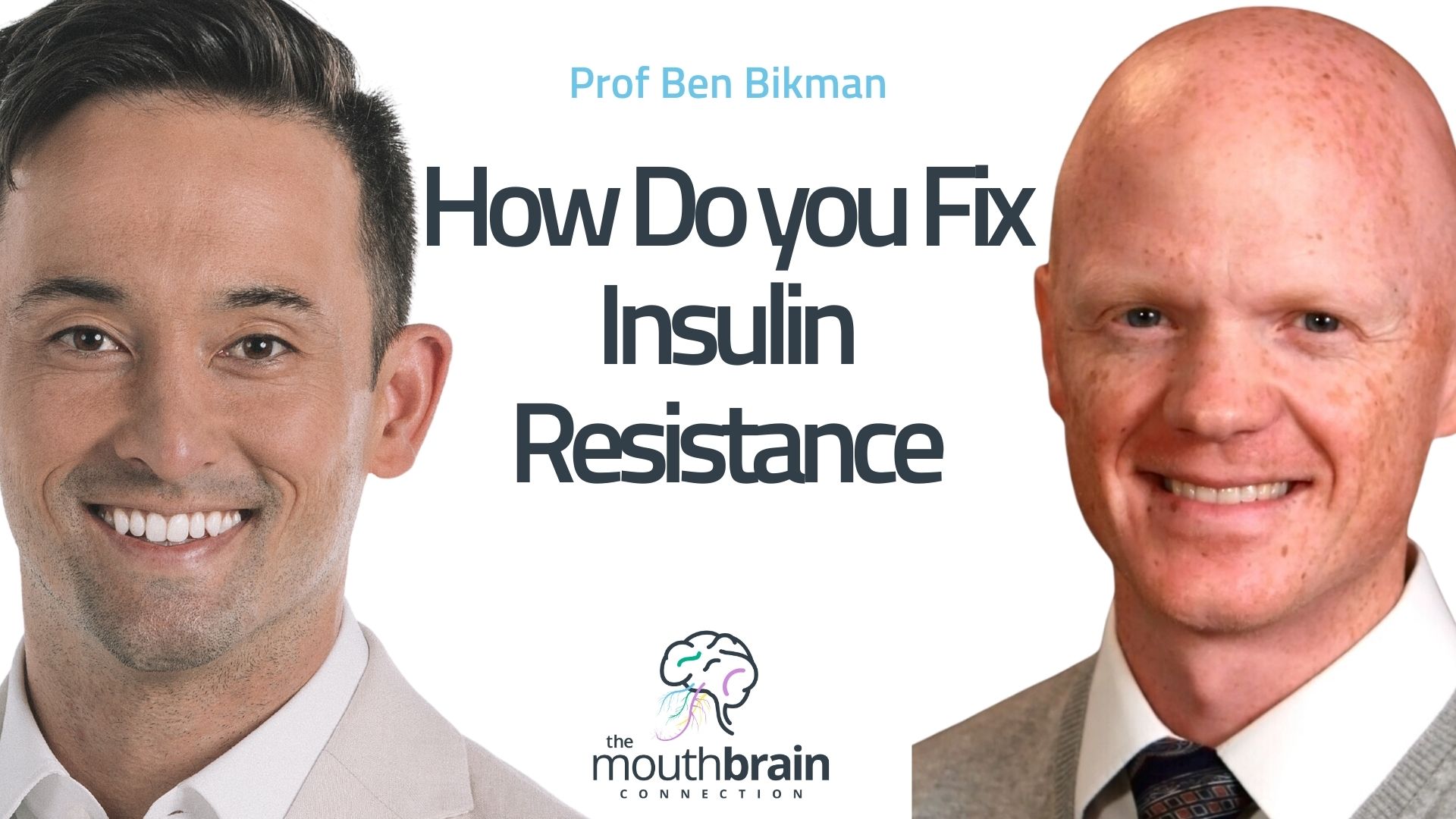
It’s that time again. You’re due for an annual dental clean, and you’re doing your best to avoid it. There’s always a reminder of that one sensitive area of your teeth that hurts the most. And the dentist seems to spend the most time there. It’s the inside surface of your lower front teeth. When they’re cleaning it, it’s enough to make you jump out of the chair and hit the roof. But it’s also the first place you get build-up on your teeth.
As a dentist, cleaning calcified plaque off those lower teeth in my patients filled many hours of my life. Behind your lower front teeth is the most common place for dental calculus to form. Patients dread it. Dentists do as well, to be honest.
I would lecture my patients about brushing and flossing better. But I found that for some patients, their brushing and flossing habits didn’t matter. They would have quickly forming and thick build-up on their lower front teeth, while some barely any at all.
Some people seemed to have thick, rapidly forming calculus, and others barely any at all. It appeared that there was another reason their mouth would build tartar more than others.
As it turns out, dental calculus or tartar on your teeth could be one of the easiest to spot signs that you’re at risk of heart attack.
That’s something I was never taught in dental school. But it’s a powerful lesson of how your dental health and your diet are a measure of your entire body.
Let’s look at the dental calculus and heart attack link.
First thing is first: It’s not fat that clogs your arteries
When you think of heart attacks, you probably think of fatty plaques that block up arteries.
The idea that fat clogs arteries doesn’t explain how heart attacks actually happen. Dietary saturated fat and cholesterol were long blamed for heart attacks. But those leads turned out to be unreliable when predicting heart disease.
Studies are now indicating that calcium could be the most significant concern for risk of heart attack.
Healthy artery walls should be flexible and elastic. Researchers have found arterial plaques with cells that have developed bone cells within in the plaque.
Doctors can measure the of level of calcification in your arteries. It’s a test called the coronary calcification score to check the calcium in your arteries.
The coronary calcium score is related to how a molecule called matrix-Gla is working. It’s a vitamin K2 dependent protein that travels around the circulation system and mops up calcium from arteries and organs.
But its calcium receptors need to be activated. Without enough vitamin K2 in your body, matrix-Gla doesn’t get activated.
Vitamin K2 could be an essential nutrient for healthy arteries.
The dental calculus and heart link
Dental plaque and dental calculus are two different things.
The reason that dental calculus or tartar build up in that spot is due to a salivary gland duct right below those teeth. Mineral-rich saliva spits directly onto those teeth first.
Dental tartar builds up when the pH shifts, which is related to the amount of calcium in the saliva. When there’s too much calcium, the pH rises, and plaque becomes calcified.
Like your arteries, saliva also has matrix-Gla protein. If you don’t have enough vitamin K2 in your diet, then calcium builds up in your saliva. As the body becomes less and less able to manage calcium, it builds up in places it shouldn’t. Like the prostate, kidneys, and heart.. It’s likely that your teeth, could be the first sign of this.
But vitamin K2 is even more important for your teeth. It activates a second protein called osteocalcin that carries calcium into teeth. For strong teeth and gums, you need vitamin K2 to manage calcium levels in the saliva.
The 1-minute dental calculus check

The first place you will get dental calculus is the inner surface of your lower front teeth.
Here’s a quick check for your dental tartar build up.
- Get a small handheld mirror
- Stand in front of a bathroom mirror
- Open your mouth and tilt your head down slightly
- Put the mirror into your mouth
- Look closely at the back of your teeth
If you see a stained, off-white, build-up on the back surface and between the teeth, that’s dental calculus.
Can you see the gaps between the teeth?
If not, you likely have a few millimetres of tartar build-up. It’s a sign you may not be getting enough vitamin K2 and the same could be happening in your arteries.
It’s not well known how dental tartar that calcified dental plaque may be a sign of heart attack.
The problem has been that vitamin K2 was long thought to be the same as vitamin K1. Today we know that’s not the truth, and our dietary guidelines do not suggest eating diets rich in the fat-soluble nutrients such as vitamin K2.
Food sources of vitamin K2 include:
- Butter
- Duck and goose livers
- Dark chicken meat
- Cheeses
- Fermented foods
Your mouth is the first sign of disease all over your body. Dental nutrition gives us a simple model to eat for stronger and healthier teeth and a naturally healthier body.
Dr. Steven Lin is a dentist, TEDx speaker and author of The Dental Diet. The story of how food shapes your mouth body, and mind and the 40-day diet plan for stronger teeth and life-changing health today.
Click below to order your copy now:
US AMAZON
US Barnes & Noble
UK AMAZON
Australia BOOKTOPIA
Canada INDIGO
For more information on Dr. Lin’s clinical protocol that highlights the steps parents can take to prevent dental problems in their children: Click here.







2 Responses
Congratulations … this is wonderful ???
There is a relation between teeth health and heart attack. Really that was very informative for us to hear about. The dental cleaning routines and checkups should not be avoided as it can cause great harm to the body health as well. Thanks.
Cosmetic dentistry Laguna Hills